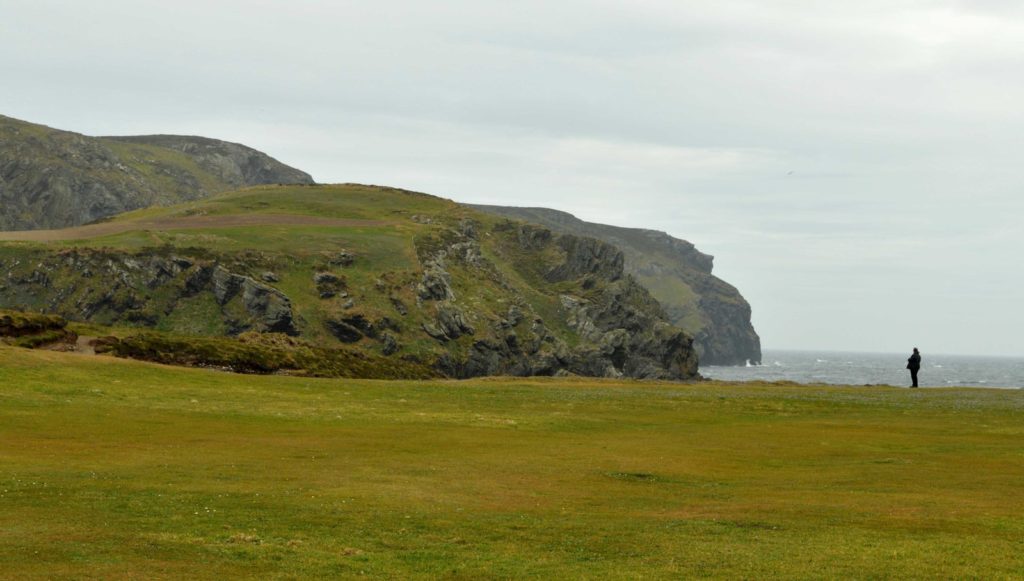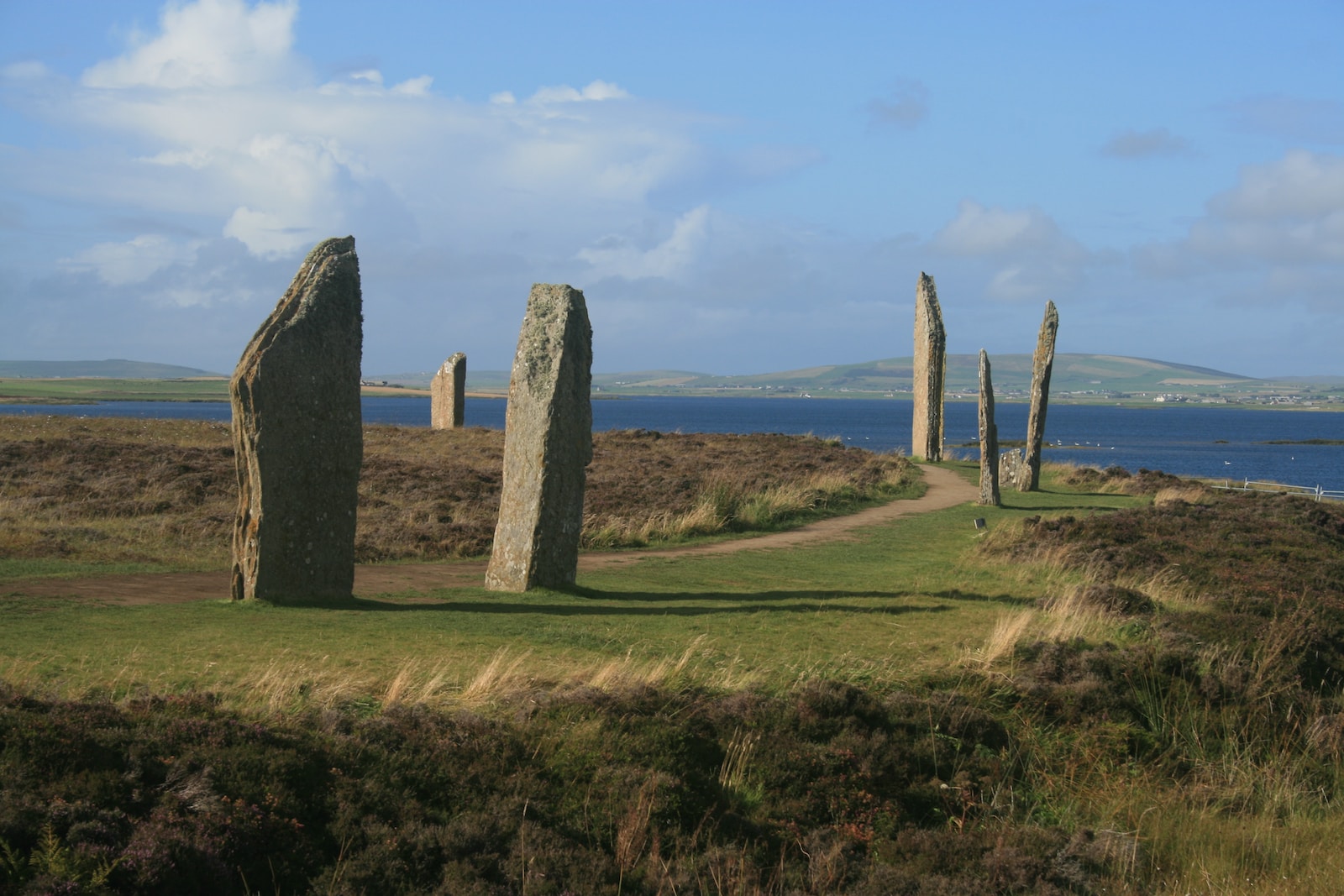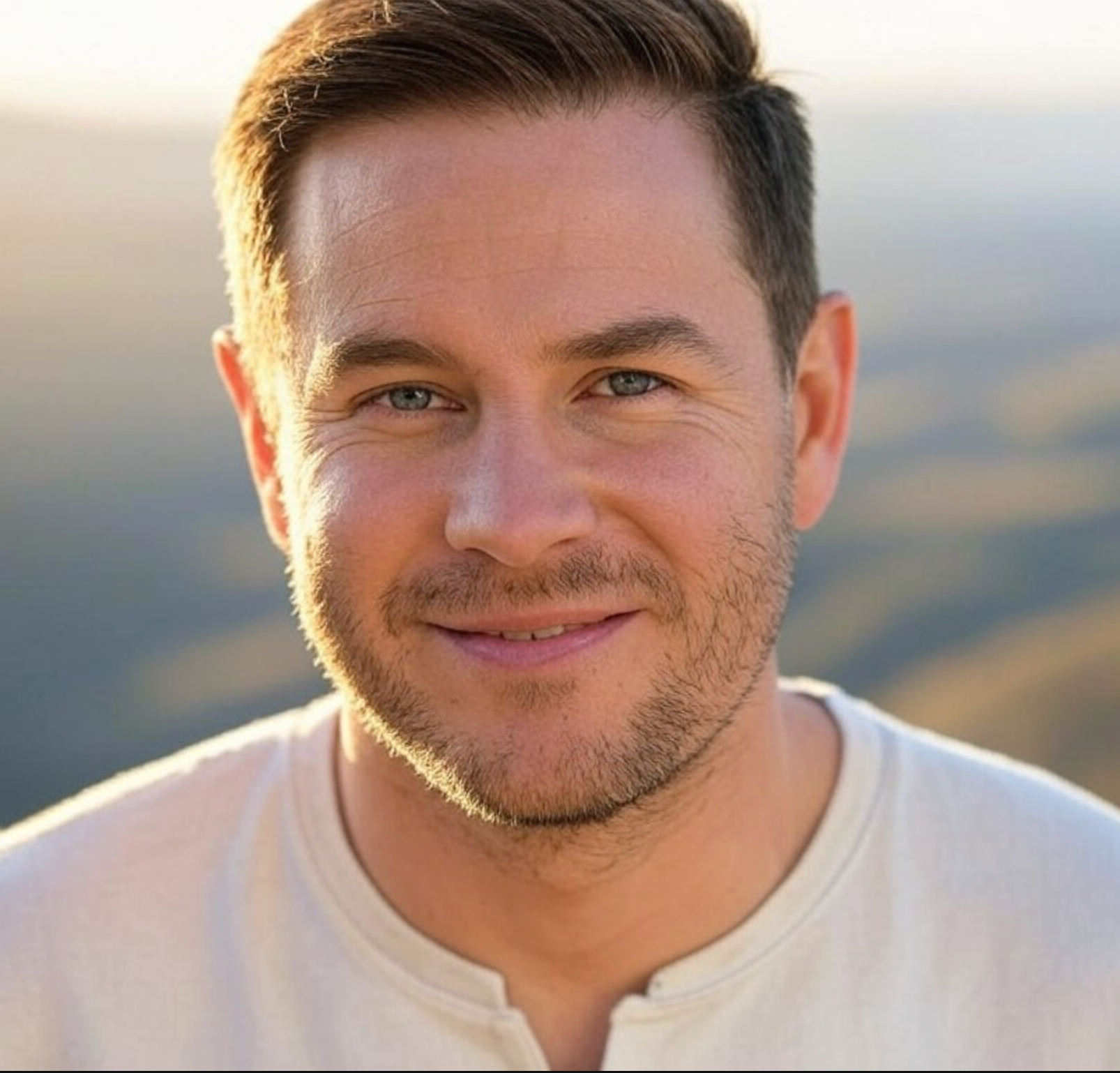When you think of Scotland, places like Edinburgh, Loch Ness, and the wild, rugged Highlands probably spring to mind. A few other classic images are synonymous with the destination. But it’s true that the small archipelago in the north of Scotland, known as the Orkney Islands, rarely gets a mention. And yet, it’s a world apart…
Where are the Orkney Islands?
Just fifteen kilometres off the north coast of mainland Scotland and south of the Shetland Islands, the Orkney Islands form a unique world that was under Viking and Norwegian rule for centuries. The archipelago covers a total area of nearly 1,000 km² with a population of 22,000 spread across sixteen inhabited islands (out of 67). The main island, Mainland, is, as its name suggests, the largest (532 km²) and most populous (18,000 inhabitants).
Beyond the stunning, wild landscapes perfect for hiking, this archipelago boasts a remarkable ancient heritage, with evidence of human presence dating back to the Neolithic period. Cairns, chambered tombs, and other relics from these distant times are numerous here and, as a collection, have been a UNESCO World Heritage site since 1999.

Three Island Groups
Mainland
This is the main island of Orkney, where the vast majority of the archipelago’s residents live. It’s also where you’ll find the most sites of interest, starting with numerous Neolithic wonders such as the Standing Stones of Stenness, the chambered cairn of Maeshowe, the Ring of Brodgar, the ruins of the village of Skara Brae, and the fortifications of the Broch of Gurness.
Closer to our own time, the capital, Kirkwall, is home to a beautiful 12th-century cathedral, as well as the remains of the Bishop’s and Earl’s Palaces. For nature, walks, long sandy beaches, and dramatic cliffs like those at Yesnaby, head to the west of the island.
North Isles
Fewer than a dozen of these islands are (sparsely) populated, with locals making a living from fishing, farming, and a bit of tourism. These “North Isles” will delight anyone searching for tranquillity. Between strolls across the moors, you can discover a few historical remains.
On North Ronaldsay, you’ll find an old 18th-century lighthouse. Wyre has a Viking fortress. On Rousay and Sanday, you can explore chambered cairns, standing stones, the remains of Iron Age brochs, and even a Viking boat burial on the latter.
As for the island of Westray, it is renowned for its high cliffs and the seabird colonies that nest there.
South Isles
These are the few islands separated from Mainland by the vast natural harbour of Scapa Flow, famous among divers for its shipwrecks.
Of all these, the large island of Hoy is the most visited, thanks to its dramatic cliffs and especially the Old Man of Hoy, a sea stack rising almost 140 metres from the water. Elsewhere, apart from the island of Flotta which hosts an oil terminal, you’ll find almost no one—just wild lands surrounded by the sea.
Orkney Practicalities
- Getting there by plane: The airline Loganair is the only one serving the archipelago, with flights to its capital, Kirkwall, from London and mainland Scotland.
- Getting there by ferry: This is the choice for many, with two companies operating short crossings from various small ports on the Scottish mainland. You can bring your vehicle across.
- Island hopping: There are about fifteen ferry routes, primarily from Mainland to the rest of the archipelago, as well as a few inter-island flights, also mainly from the capital.
- Getting around: Mainland offers the most choice, with car hire (the best option), motorbikes or scooters, taxis, and a small bus network. Elsewhere, cycling can be a good option as the archipelago is relatively flat, despite the weather.
- Accommodation: From hotels and B&Bs to hostels, self-catering cottages, and campsites, there is a fair amount of choice throughout the islands.
- Budget: Expect to spend at least £85-£100 per person, per day. For sightseeing, you can get the “Heart of Neolithic Orkney” pass for discounted entry to sites.
- Weather: Be prepared for all conditions, even in summer. Orkney is famous for having “four seasons in one day,” with a good deal of wind thrown in. Waterproofs and sturdy, comfortable shoes are essential.
> Infos : www.orkney.com

